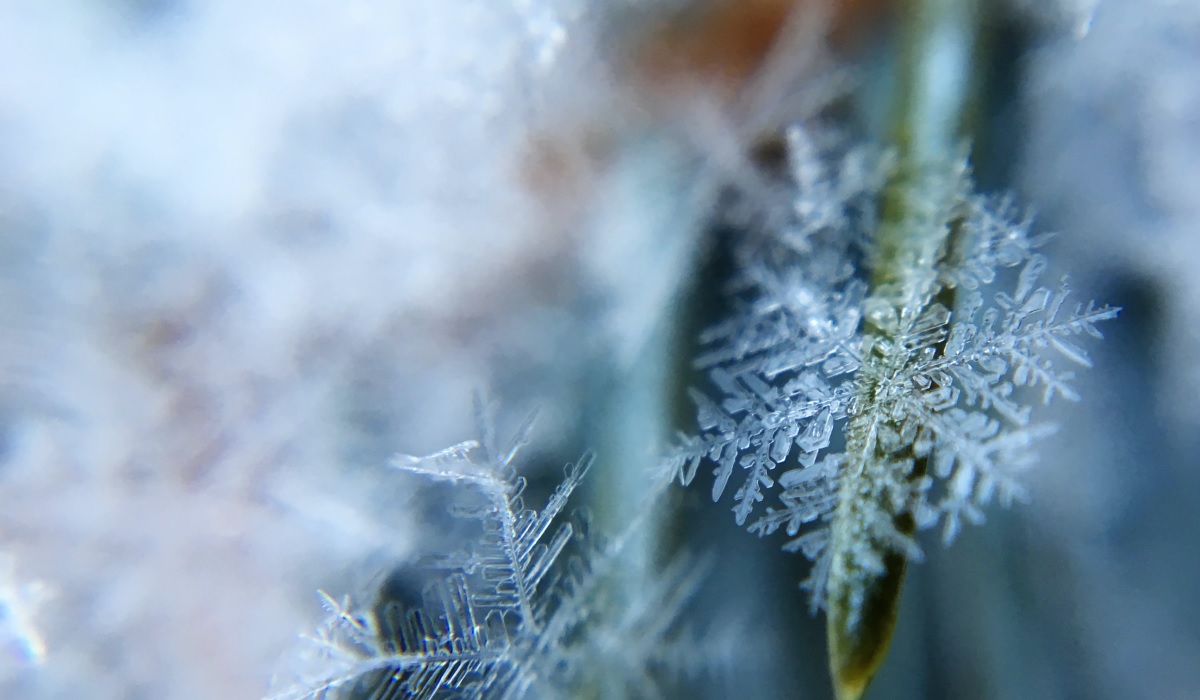Christmas is coming up quickly, and Christmas weather forecast is much clearer now that the holiday is almost here. Some outlets release their holiday weather forecasts super early, such as the Farmer’s Almanac. It’s wild, but the Farmer’s Almanac released their annual prediction for what Christmas will look like across America months ago. Either way, now, experts have more data to help find out which areas of the U.S. are the most likely to get a white Christmas.
U.S. Christmas Forecast from Experts
According to the weather experts and meteorologists at the Weather Channel, a white Christmas is “defined as 1 inch of snow on the ground on the morning of December 25.” In the Weather Channel’s Christmas forecast, they note that, “The higher elevations of the West and areas near the Canadian border have the best chance of snow this year.” Also, white Christmases seem to be getting more rare, as “last Christmas morning had the least snow coverage since records began in 2003.”
“Last year, just 17.6% of the Lower 48 experienced a white Christmas,” they stated, which “was the lowest percentage since records began in 2003.”
Fox News notes that “The FOX Forecast Center isn’t expecting blockbuster storms to halt Christmas travel, but with rounds of rain and winter weather moving across the U.S., it could be a bit slow-going over the next few days, especially in the eastern U.S.” Fox adds that, “those of you hoping to get an early jump on holiday travel this week in the East, some rain could lead to traffic trouble on the heavily traveled Interstate 95 corridor through Thursday.”
The main areas that could get some snow, according to CNN, include “the mountains of the West, parts of Michigan and New York, along with interior northern New England,” all of which “likely have enough snow on the ground now that at least an inch of it will stick around through Christmas Day.”
The Farmer’s Almanac Christmas forecast runs from Christmas Eve, December 24, until Wednesday, December 27, 2024. As for most of the U.S., they note that “most of the U.S. has average to above-average temperatures, so many people are looking at a mild month.” In general for the country, they write that December precipitation will be above normal in many parts of the Great Lakes, Tennessee Valley, Texas, Oklahoma and the northern Pacific Northwest. Everywhere else in the U.S., precipitation is predicted to be “near to below normal.”
So, how far in advance can you expect a weather forecast to be accurate? “A seven-day forecast can accurately predict the weather about 80 percent of the time and a five-day forecast can accurately predict the weather approximately 90% of the time. However, a 10-day—or longer—forecast is only right about half the time,” writes SciJinks. They also state that “since we can’t collect data from the future, models have to use estimates and assumptions to predict future weather.” With the science of weather in mind, since we’re about a week away from Christmas Day, the forecasts coming out at this point should be fairly accurate.
